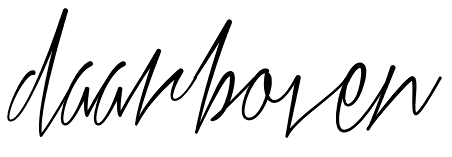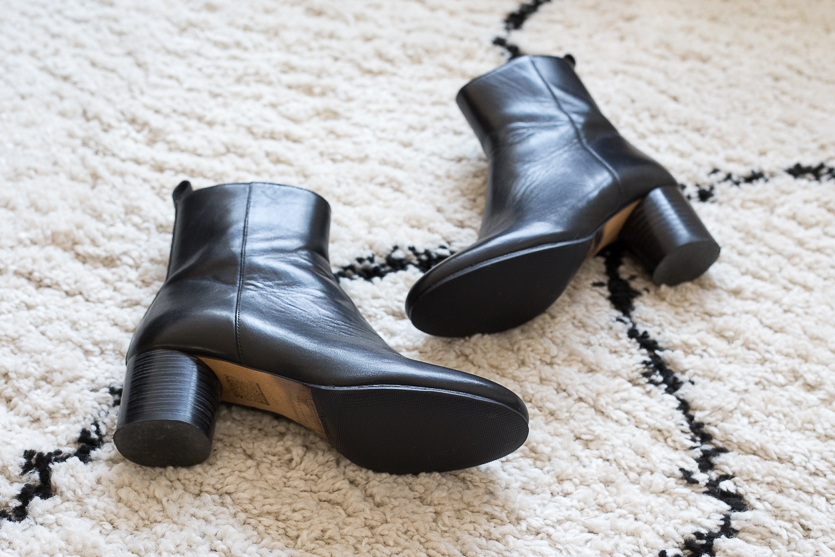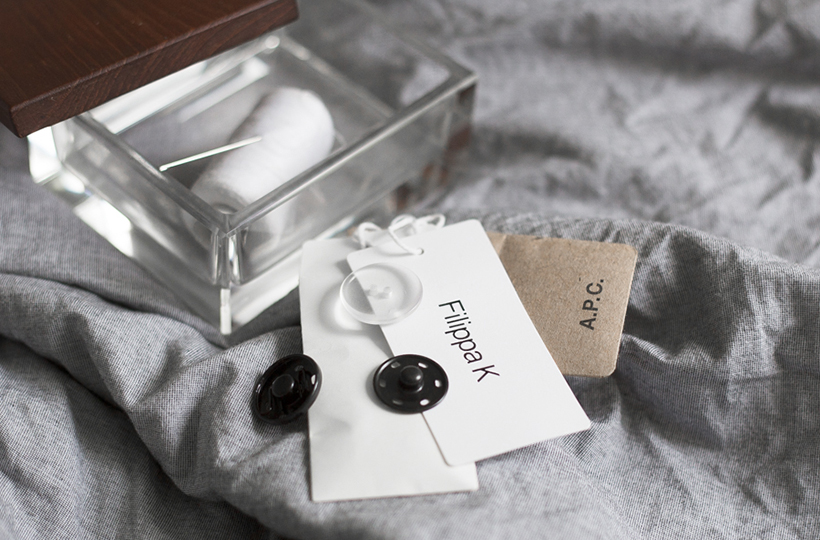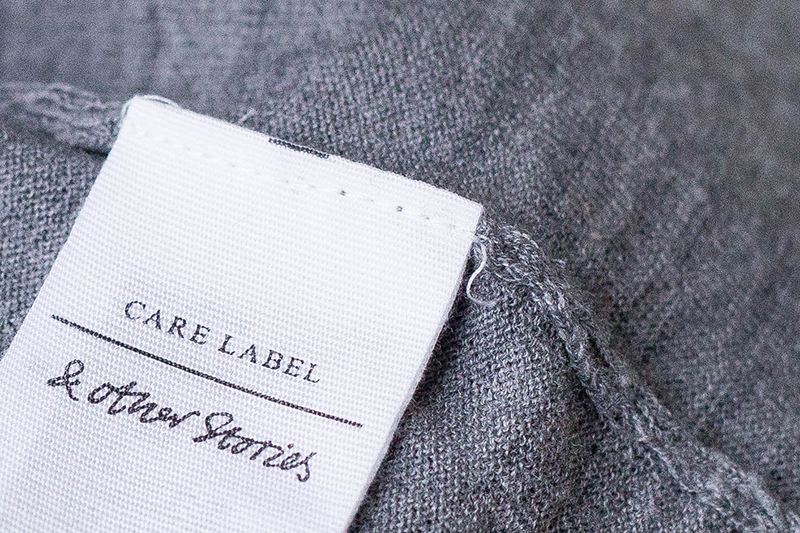Ready for another round
Sorry for confronting you with the soles of my shoes. Just #keepingitreal, you know, because I wear my stuff and I wanted to post a reminder that although I frequently write about purchasing clothes, shoes etc, I also take very good care of the things that I own. Nothing gets discarded unless it’s absolutely worn out. You can fix a lot more than you may think and many simple things, like having your heels replaced for instance, can expand the longevity of your wardrobe.
I was happy to receive two pairs of boots back from the cobbler last week. I always procrastinate the visit because I feel lost without my go-to shoes (I’m so dramatic) and I can never get home in time on weekdays to pick them up. The cobbler was impressed with the quality of my shoes and I must say, I am as well. The Aeyde boots have been on heavy rotation ever since I got them and are holding up nicely.
My Isabel Marant Deyissa boots originally have a leather sole so I had an extra protective sole added and I plan on wearing them more often now that I won’t have to mind the rain or snow. The rubber sole looks a bit bulky in the picture but is actually nicely in line with the original sole. My Aeyde boots are a different story. These have been worn countless of times so in addition to new heels I also had rubber toe taps added (remember, I wrote about the awful paving at my local train station that ruins the tips of your shoes?)
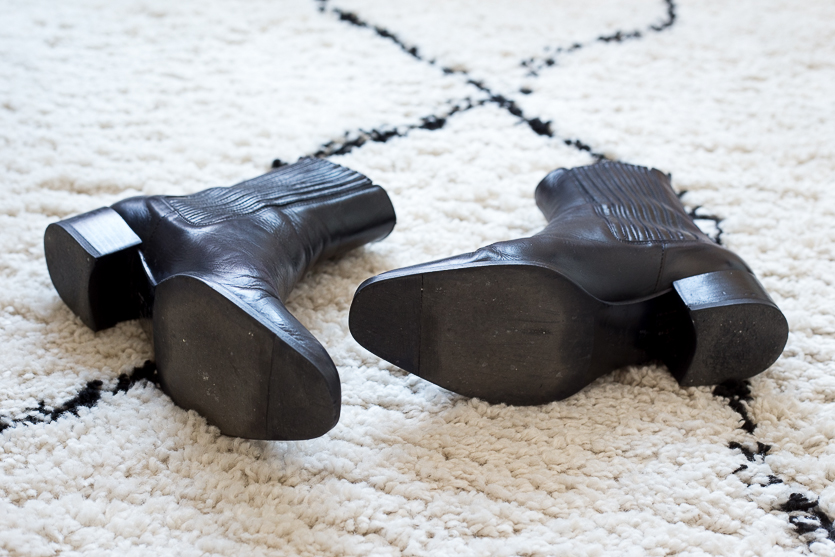
I know that the internet and many cobblers as well, are constantly debating whether or not you should add protective rubber soles to your leather shoes. In my opinion it all depends on the circumstances. Where you live and what the weather conditions are like, how often you will wear them etc. Many a shoe lover will claim you should wear your shoes the way they are made. I get that. But in my case, leather soles and Dutch weather are a terrible combination. Not to mention that leather soles can be very slippery. I wear my shoes regularly and want to enjoy them as long as possible. So this solution works for me.
So to end this blogpost, please don’t think this blog is all about purchasing new things. Yes, I do buy new clothing, accessories etc., make collages around possible purchases and I love to write about it to keep things in perspective for myself. But for the most part, I get much more pleasure from the wardrobe that I currently have and will put in the extra effort to make sure that I can enjoy everything as long as possible. For instance, I would rather fix the Aeyde boots than buy a different replacement pair. Because they make me happy every time I wear them.
What do you do to ensure longevity of your wardrobe?
